Description
De Notenkraker, 7 december 1907 ; De blinde justitie by Albert Hahn printed on a T-Shirt
About the T-Shirt
Regular fit
Standard length, the fabric easily gives into movement
Casual wear
A classic, everyday option loved by our customers
Side-seamed
Constructed by sewing two parts together, creating a fitted look
The Unisex Staple T-Shirt feels soft and light with just the right amount of stretch. It’s comfortable and flattering for all. We can’t compliment this shirt enough–it’s one of our crowd favorites, and it’s sure to be your next favorite too!
- Solid colors are 100% Airlume combed and ring-spun cotton
- Ash color is 99% combed and ring-spun cotton, 1% polyester
- Heather colors are 52% combed and ring-spun cotton, 48% polyester
- Athletic and Black Heather are 90% combed and ring-spun cotton, 10% polyester
- Heather Prism colors are 99% combed and ring-spun cotton, 1% polyester
- Fabric weight: 4.2 oz./yd.² (142 g/m²)
- Pre-shrunk fabric
- 30 singles
- Side-seamed construction
- Tear-away label
- Shoulder-to-shoulder taping
- Blank product sourced from Nicaragua, Mexico, Honduras, or the US
Albert Hahn (1877 – 1918)
Albert Pieter Hahn was a Dutch political cartoonist, caricaturist, poster artist and book cover designer; well known for his socialist and antimilitaristic viewpoints. Some of his drawings, especially those of the railroad strikes of 1903, have been regularly used in history textbooks. His adopted son, Albert Hahn jr. [nl], was also an artist, so he is sometimes referred to as “Sr.”.
He was born to a poor family; what he would later describe as “respectable poverty”. His father painted signs and glass and made frames. Although his mother and sisters were members of the Mennonite church, his father was anticlerical. Both of his brothers were members of the labor movement.
At the age of nine, he developed tuberculosis in his vertebrae and could not finish school. At the age of twelve, when his condition had improved somewhat, he was apprenticed to his father. A few years later, he enrolled at the Academie Minerva. His training there was interrupted by a recurrence of his disease, which forced him to spend two years in a hospital. At seventeen, he returned to the Academie.
In 1896, he saw the works of Van Gogh at an exhibition in Groningen, which had a deep and permanent effect on his style. That same year, thanks to a government grant, he enrolled at the “Teekenschool voor Kunstambachten” in Amsterdam and, after graduating, became a drawing teacher at a technical school.
It was then that his growing interest in socialism led him to join the Social Democratic Workers’ Party (SDAP). One of his first projects as a member involved a study of the housing situation in Amsterdam. The result was a 100-page booklet called “Krotten en Sloppen” (Shacks and Slums), published in 1901, with his drawings.
The following year, Het Volk, a socialist newspaper, held a contest to find an artist for their weekly Sunday supplement. Hahn was selected and signed to a permanent contract. Soon, he began creating political cartoons in addition to illustrations; for De Notenkraker as well as Het Volk, and was able to quit his teaching job in 1905. After the beginning of World War I, his works dealt almost exclusively with denouncing the needless death and destruction.
Although he had occasional serious relapses, in 1911 he married the recently divorced Iemkje Dijkman, adopted her two sons, and had two daughters. In 1918, just before the end of the war, he succumbed to his disease. Over his career, he produced more than 4,000 drawings.

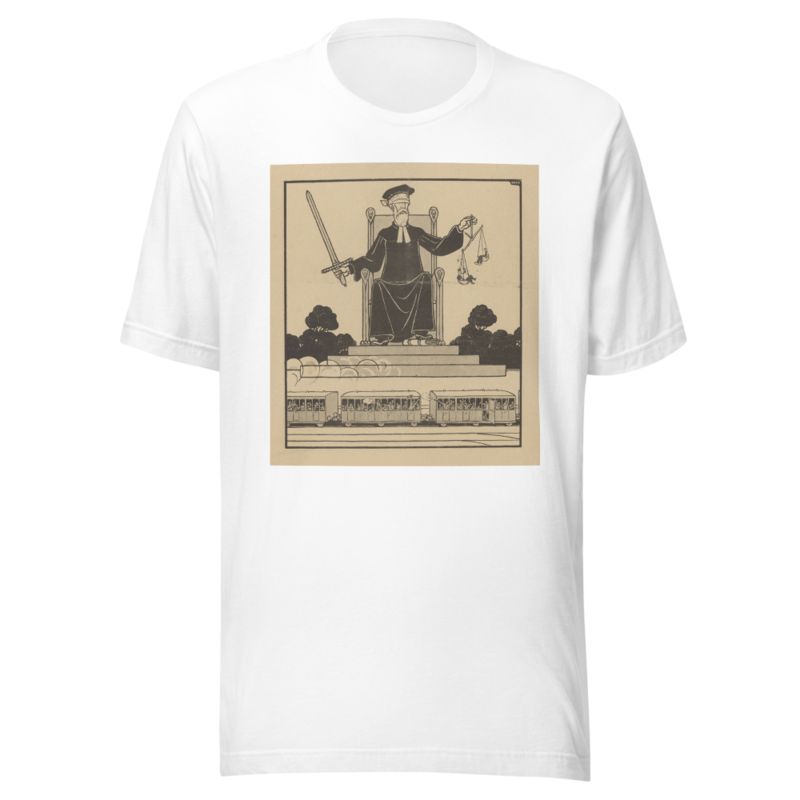
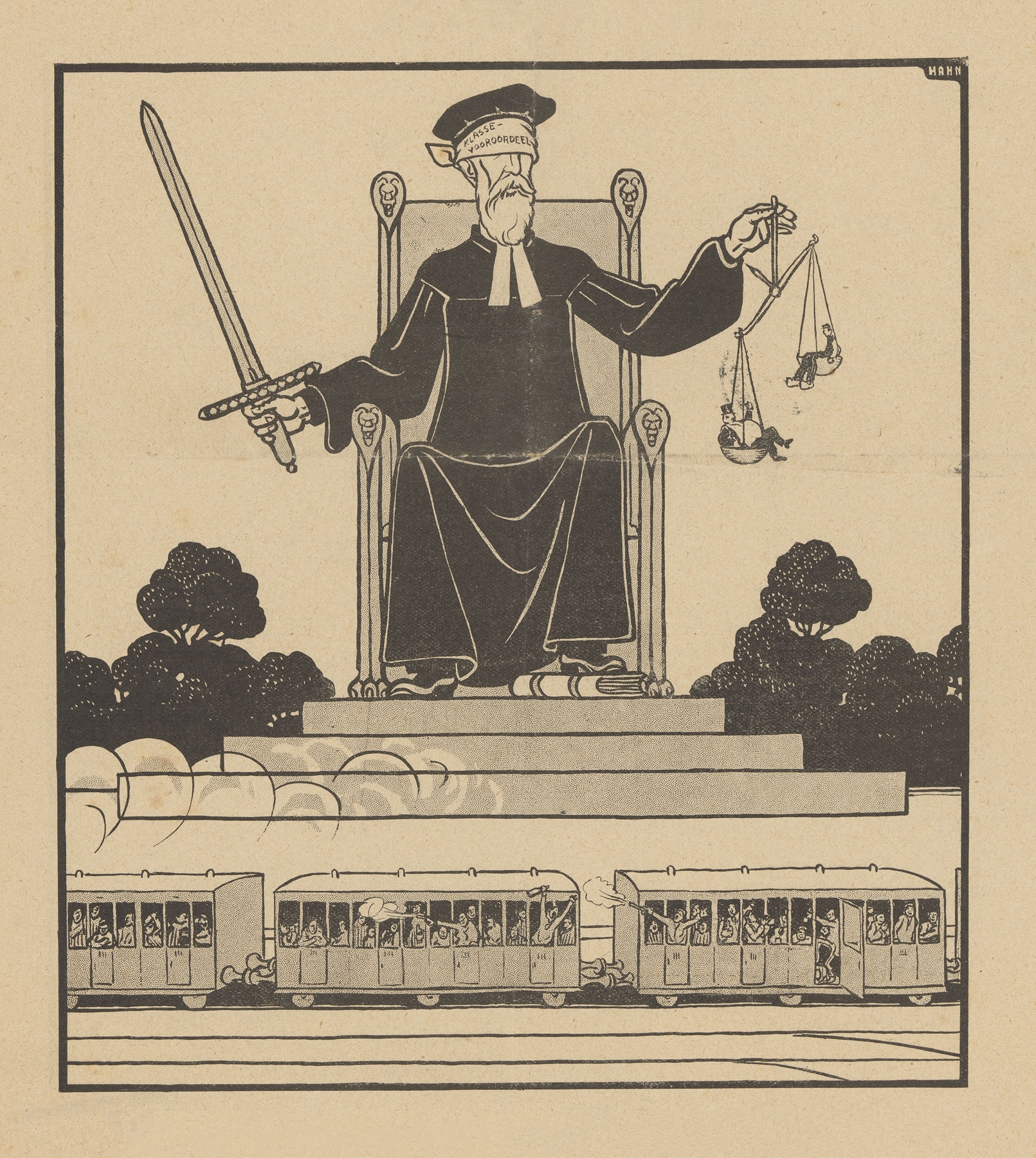
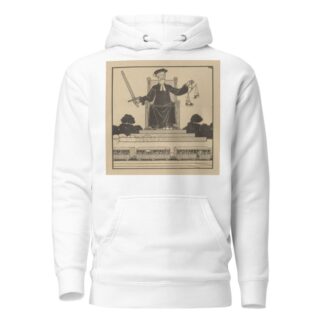
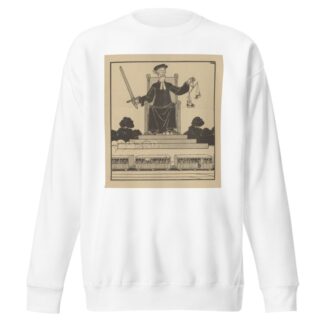
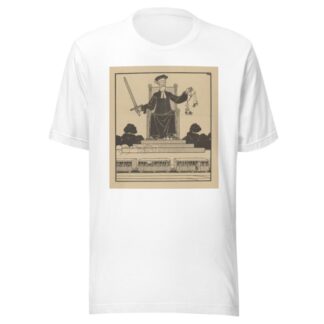
Reviews
There are no reviews yet.